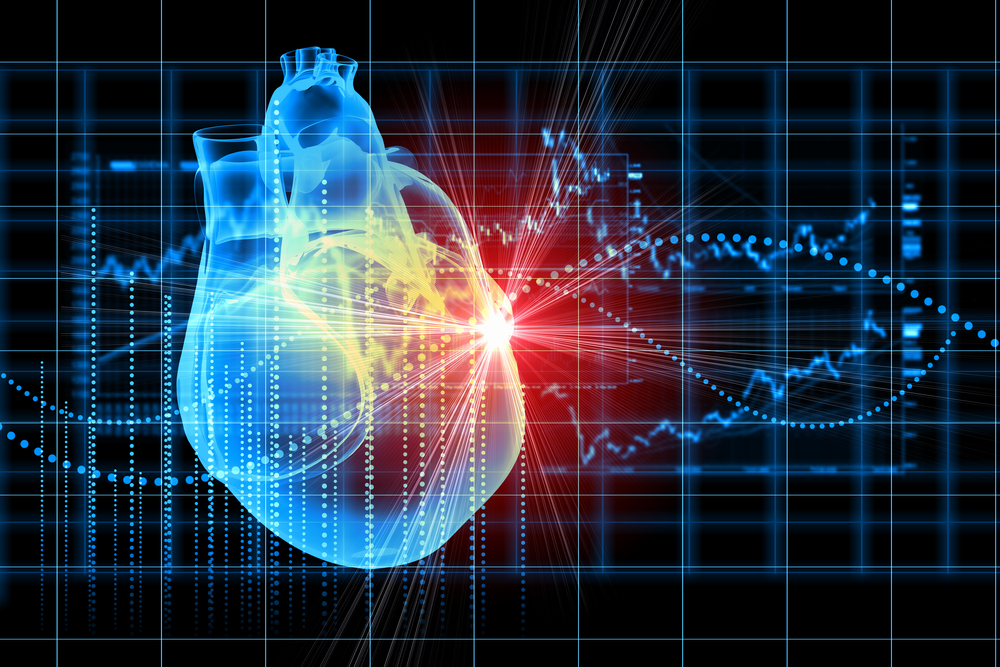An international research team used AI to explore how genetics influence the structure of the heart’s left ventricle.
The study, published in Nature, was conducted by the University of Manchester in collaboration with the University of Leeds, the National Scientific and Technical Research Council in Argentina, and IBM Research in California.
Researchers used unsupervised deep learning to analyze over 50,000 3D MRI images from the UK Biobank, creating a foundation for analyzing specific areas of the heart’s structure for genetic associations using genome-wide and transcriptome-wide association studies (GWAS and TWAS).
It aimed to determine how the heart’s structure is linked to genetics, thus opening avenues for exploring how genetics impact organ formation and structure.
This could further research into forms of genetically influenced congenital heart disease.
Here’s a brief blow-by-blow of how it worked:
- Data collection and preparation: The team began by leveraging the UK Biobank database, selecting over 50,000 three-dimensional MRI images of the heart. These images provided the foundational data for analyzing the left ventricle’s structure and morphology.
- Training of unsupervised models: Researchers then used unsupervised deep learning models to learn structures from these images, meaning the models identified patterns and features in the data without prior labeling.
- Extracting of geometric features: With the unsupervised models in place, the team then focused on extracting geometric features from images representing the left ventricle derived from the cardiac MRI data.
- Genome-wide and transcriptome-wide association studies (GWAS and TWAS): Armed with the extracted features, the researchers conducted comprehensive GWAS and TWAS. These analyses allowed them to test the association between genetics and the left ventricle’s structure.
- Results: 49 new genetic locations were identified with strong associations with the heart’s morphology, and an additional 25 were moderately associated.
Professor Alejandro F. Frangi explained the study stating, “This is an achievement which once would have seemed like science fiction, but we show that it is completely possible to use AI to understand the genetic underpinning of the left ventricle, just by looking at three-dimensional images of the heart.”
Writing on the University of Manchester’s blog, Frangi discussed the limitations of previous studies and the breakthroughs made possible by these newer methods: “Previous studies have only investigated association of traditional clinical phenotypes…However, this study used AI not only to delineate the cardiac chambers from three-dimensional medical images at pace but also to unveil novel genetic loci associated with various cardiovascular deep phenotypes.”
The study’s findings offer insight into the genetic underpinnings of cardiovascular health and open new avenues for developing targeted therapies and precision medicine.
As Professor Bryan Williams of the British Heart Foundation described, “This new research shows the huge power of big data linking genes to heart structure. Machine learning has made this possible by transforming how we process, analyze and gain insights from big data to tackle the biggest questions in cardiovascular research.”
AI models have previously been employed in producing detailed 3D maps of organs, including the human brain, such as in the EU’s large-scale Human Brain Project (HBP).
This goes a step further in linking genetics to organ structure, offering a deeper understanding of the heart’s morphology and its genetic drivers.





